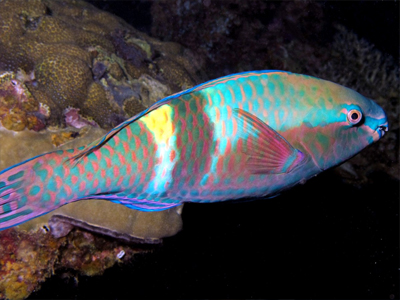
Tuna is rarely found on the menus of Pacific island-based hotels and resorts, although it is the most profitable export product for many of these nations.
Caught in the high sea, the tuna is usually exported directly to foreign countries and production industries. Local fishermen prefer to go for the easy-to-catch reef fish, which are highly preferred and more popular with both the residents and tourists due to its taste. However, the reef also attracts a great number of people for viewing its beauty and fish. Tourism is the next most important source of income for these island nations.
A study by Nippon Foundation-UBC Nereus Program from 2017 indicated the need to protect the reef as a vulnerable eco-system. They developed a social-ecological computer model mapping the threats from tourism, climate change, marine conservation, and local fishery. The researchers found that the health of the reef will improve as the consumption of reef fish changes to open water fish such as sustainable tuna.
Recently, Palau made a step in protecting its reefs around the island. Palau’s President Tommy Remengesau Jr. signed a presidential decree to reduce the pressure on the reef and to promote other local food products. From now on, all government food service systems will serve open-water fish such as tuna. Reef fish have been ordered off the government’s menu.
According to Remengesau, the fishing pressure of tuna and tuna-like species is less compared to reef fish, due to tuna’s higher productivity and stocks in open water. He intends to increase the tuna supply to the domestic market.
Currently, the locally operating tuna longline fishing company has a problem finding buyers for yellowfin and big-eye among the local hotels and restaurants in Palau.
In order to protect the reef, by January 2020, the Palau National Marine Sanctuary will be expanded to cover over 80 percent of Palau’s EEZ with 20 percent only reserved for local fisheries.